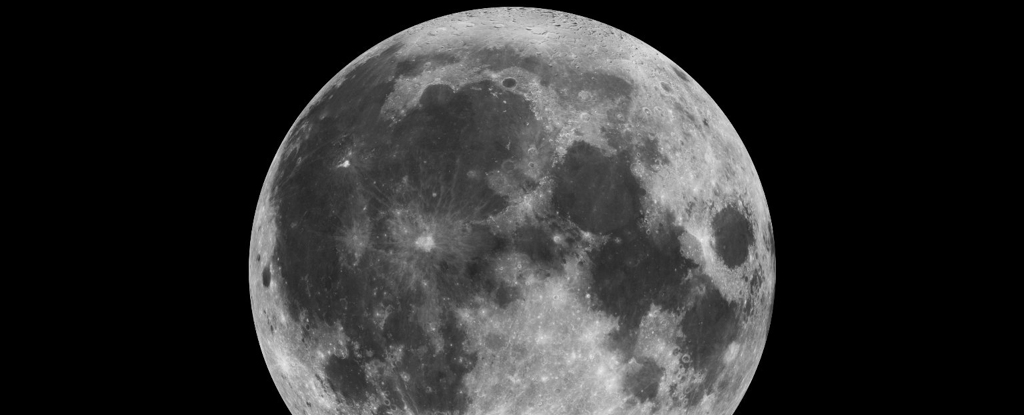Earth Welcomes a New ‘Mini-Moon’ Later This Month

Move over, Moon – Earth’s about to pick up a new natural satellite. This “mini-moon” will be with us for the next two months, but it’s not its first visit and it won’t be the last.
This temporary mini-moon is actually a small asteroid about 10 meters (33 feet) wide. Officially known as 2024 PT₅, the rock was only discovered last month, and calculations of its path indicate it will become a satellite of Earth on September 29.
It will be our little travel companion for 56.6 days, completing one full orbit of Earth in that time. After that, the rock will break free from our gravitational grasp on November 25, returning to its path around the Sun.
2024 PT₅ will then swing past for a final goodbye on 9 January 2025, coming within 1.8 million kilometers (1.1 million miles) of Earth before heading back out into the inky blackness.
It’s not farewell forever, however – 2024 PT₅ is predicted to come back on November 8, 2055. It won’t be quite as cozy next time though, flying by at a distance of 5.2 million kilometers (3.3 million miles).
This space rock was discovered on August 7 by the Asteroid Terrestrial-impact Last Alert System (ATLAS), so it’s nice to know that mission is working as intended. That was one day before it made its closest pass to Earth, swinging by just 567,000 kilometers (352,300 miles) away, or roughly one and a half times the (normal) Moon’s distance.
Astronomers from the Complutense University of Madrid were then able to calculate the orbit for 2024 PT₅ using data from JPL’s Small-Body Database, based on 122 observations over 21 days. This revealed that it’s on a horseshoe-shaped path and traveling relatively slowly, resulting in a brief honey(mini-)moon phase with Earth.
Its orbital characteristics also helped the team narrow down where it might have come from. 2024 PT₅ seems to belong to a group of near-Earth objects called the Arjunas, which orbit the Sun at about the same distance, shape and angle as Earth. This path makes it unlikely that 2024 PT₅ is a piece of artificial space junk, which ATLAS has spotted heading our way before.
This isn’t the asteroid’s first rodeo either. The astronomers traced its journey 60 years into the past with a good degree of certainty, before also mapping its fate 30 years into the future. Outside of those times, the data becomes a bit murky due to close interactions with the Earth-Moon system.
Before this year’s approach, 2024 PT₅ has made relatively close flybys in February 2003, April 1982 and March 1960. But in all three cases, it was still stalking us at a distance of at least 8.2 million kilometers (5.1 million miles). The last time it was under a million kilometers away seems to have been in October 1937, but as the team says, that far back its history is less certain.
Going the opposite direction in time, the next sure visit will be in November 2055. After that, the foggy crystal ball suggests it could make another close pass in January 2084, at about 1.66 million kilometers (1 million miles) away.
Earth has had similar brief flings with mini-moons before. In 2020 astronomers realized a small rock, just 3.5 meters (11.5 feet) wide at most, had been orbiting our planet for about three years. Just a few months after its discovery, it broke free of its bounds and drifted off.
A different kind of mini-moon was discovered in 2016. This one was a ‘quasi-satellite,’ in that it was technically still orbiting the Sun but was trailing behind Earth, tangled up in its gravitational pull. It was estimated to have been following us for almost a century, and probably will for a few more yet.
The study of 2024 PT₅ was published in Research Notes of the AAS.
